Sound: 









Value: 









(Read about our ratings)
Measurements can be found by clicking this link.
In 2010, Bowers & Wilkins, the iconic British loudspeaker manufacturer, debuted its first headphone model—the P5. Every year since then, B&W has launched a new model, eventually making at least one in every form factor, from the in-ear C5 to the large, over-ear P9 Signature. As the headphone market has evolved, the company has kept pace by going wireless, and adding active noise-canceling technology. Now, in celebration of its first decade of headphone manufacture, Bowers & Wilkins has introduced a special Carbon Edition of its current flagship PX7 Bluetooth active noise-canceling headphones ($399.99 USD).
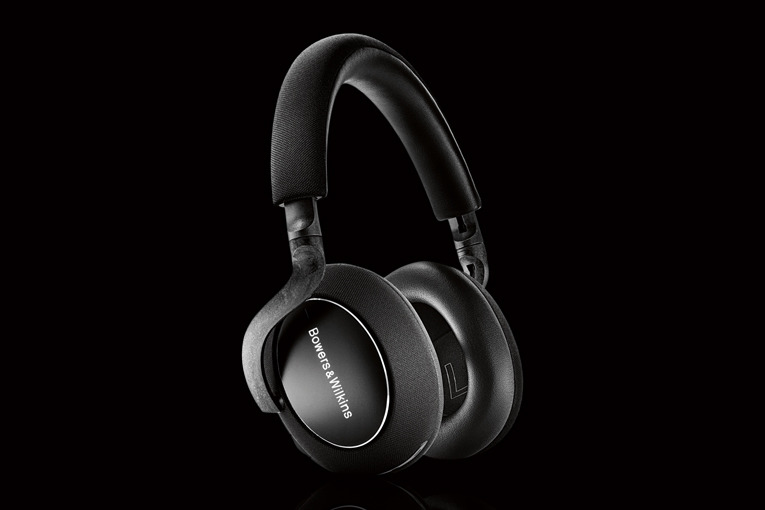
B&W has maintained a consistent look across its many headphone models. Each circumaural oval earcup is covered by a metal badge with “Bowers & Wilkins” vertically embossed on it. The arms that connect earcups to headband swoop back to contact the rear of each earcup at only one point, for a sleeker appearance than many competing headphones. In earlier models these arms were metal; the PX7s’ arms are made of a polymer reinforced with carbon fiber, to reduce weight while maintaining stiffness. In the Carbon Edition PX7 headphones, the connecting arms are finished with a carbon-fiber print. I prefer the look of the old metal arms, but at a total weight of 10.7 ounces, the PX7s felt light on my head. Adding to their comfort, the large earcups have openings that measure 2.35″H x 1.65″W, and their thick padding of memory foam covered in faux leather kept my ears from hitting the driver grilles.
The PX7s’ power, volume, and playback controls are all physical buttons on the rear edge of the right earcup, and at bottom rear on the left earcup is a single button that cycles through the noise-cancelation modes: High, Low, Auto, and Off. A long press of this button lets ambient sounds pass through, using the external microphones. Setting noise cancelation to Auto lets the PX7s choose the appropriate level of cancelation based on the sound level they detect in the environment. Another notable feature is the inclusion of Qualcomm’s aptX Adaptive Bluetooth codec, which supports up to 24-bit/96kHz audio—though it’s still lossily compressed—and automatically varies the bit rate based on the content being played and the RF interference in your environment, to reduce latency and dropouts. As with its predecessor model, the PX, connecting the PX7 to a computer or Android smartphone via USB creates an uncompressed path to the ’phones’ internal DAC. The PX7s’ battery is specified to provide up to 30 hours of playing time at “average” volume levels, and a mere 15 minutes of charging should give you five hours of play (a full charge takes three hours). The PX7s can also be plugged into a headphone jack, but even then, they won’t work without battery power.
In the box
Included is a fabric-covered, zippered, semirigid carrying case. As the PX7s are full-size and their earcups only swivel flat rather than fold up into the headband, the case, too, is on the large side. Also included are a 4ʹ-long USB Type-A male to Type-C male cable; a 51″-long, 1/8″-to-1/8″ analog cable; a quick start guide; and warranty information. The full and detailed manual can be downloaded from B&W’s website.

Use
I primarily used the B&W PX7 Carbon Editions connected via Bluetooth to my Motorola Moto X4 Android smartphone. The pairing process took less than a minute, and from then on, the headphones immediately reconnected each time I turned them on. Although it’s not required, B&W offers an app for the PX7s. This lets you control the noise-canceling mode and the level of ambient sound that you hear when Ambient Pass-Through is enabled. The PX7s contain a Wear-Detection Sensor that will pause the music when it detects that you’ve removed the headphones; this feature’s sensitivity can be adjusted in the app, along with how long the headphones will wait before automatically entering sleep mode. The app also lists the last Bluetooth devices paired, and is used for firmware updates. Lastly, the app offers six nature soundscapes, such as Ocean Surf or Forest.
I also connected the PX7s to my smartphone using USB and attempted to compare the wired and wireless connections by toggling Bluetooth on and off, but each time I did so the volume level changed. Readjusting the volumes to match, I thought the wired connection might have presented soundstages slightly wider and deeper, but I couldn’t be sure. My Moto X4 supports only aptX, not aptX HD or aptX Adaptive—different codecs may yield different results. If you find yourself sitting at a computer that lacks Bluetooth, the USB connection might be useful. Otherwise, I suspect that most users will prefer the freedom of being untethered by a cable—all of my comments below refer to the PX7s’ sound via Bluetooth.
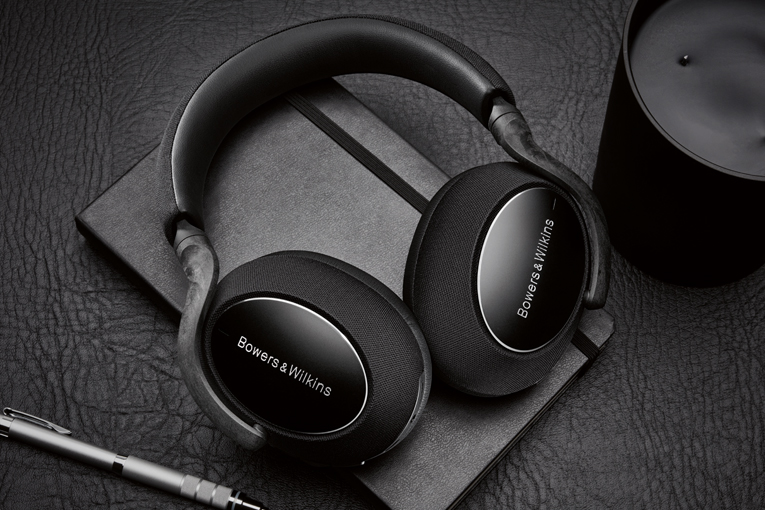
As full-size, sealed cans with compliant foam, the PX7s did a respectable job of blocking external sounds, even without active noise-canceling engaged. While I did no flying during the time I had them for review, I did test their noise-canceling abilities against a couple of loud fans, and a recording of airplane noise played through my stereo. With noise-canceling set to High, the PX7s delivered strong performance—I wouldn’t hesitate to fly with them. Set to Low, their noise canceling would probably be enough for most office environments, and I found it didn’t produce the sensation of pressure on my eardrums that the High setting did. As with B&W’s original PX, hiss from the active circuitry was negligible. But unlike with the PX, I heard no dramatic shifts in tonality when switching between noise-canceling modes.
Sound
Usually, after a few days of casual listening to accustom myself to the sound of a new component, I begin my critical listening with large-scale symphonic music—it provides content at all frequencies, dynamic contrasts, and, typically, soundstages that remain stable in width and depth.
First up for the B&W PX7 Carbon Editions was Neeme Järvi and the Gothenburg Symphony Orchestra’s recording of Tchaikovsky’s Symphony No.4 (16-bit/44.1kHz FLAC, BIS/Qobuz). Much like other B&W headphones, the PX7s had what’s called a “smiley” frequency response, with robust bass, a somewhat recessed midrange, and lively treble. Their abundant low-end energy allowed the orchestra to lay a solid foundation of the rich, full sound appropriate for this romantic work. There was a little more bloom to the double basses and timpani rolls than was strictly accurate, but it didn’t interfere with my enjoyment of the music. At the opposite end of the audioband, violins sounded vibrant without turning steely, and brasses were brilliant in the appropriate sections. However, on a noticeably brighter recording of Tchaikovsky’s Fourth, with Evgeny Mravinsky conducting the Leningrad Philharmonic (24/96 FLAC, Deutsche Grammophon/Qobuz), the PX7s’ prominent treble pushed the whole experience a bit too far in that direction for my tastes.
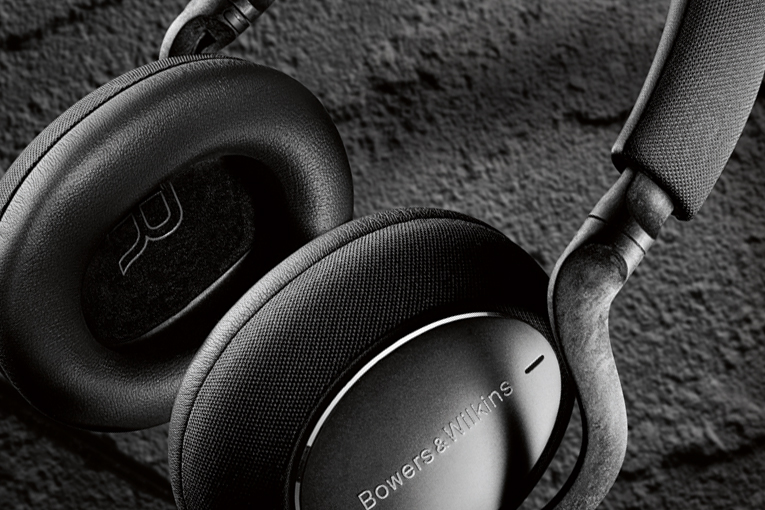
In Järvi’s recording of this symphony, the PX7s’ recessed midrange was most obvious in the sounds of the middle strings and lower woodwinds. For example, in the bassoon solos in the first and second movements, the bodies of the notes were slightly muted, which emphasized the reedy upper harmonics. Whether through loudspeakers or headphones, a recessed midrange tends to increase the sense of depth. Combined with the PX7s’ profound low end, the result was an exceptionally spacious and enveloping soundscape. The image of the orchestra stretched from ear to ear, and it was easy to visualize the ensemble spread out in front of me.
In honor of the death, in February, of jazz piano legend Chick Corea, I listened to his most recent trio’s Trilogy (16/44.1 FLAC, Concord Jazz/Qobuz). In “Armando’s Rumba,” notes at the bottom of the keyboard were warm and rounded, while those at the top had extra sparkle. The PX7s highlighted the variety of attack, from sharp and forceful to gentle, that was an essential part of Corea’s expressive playing. When drummer Brian Blade enters, the PX7s brought out his subtle snare work and the soft sizzle of the hi-hat. Later in this track, they cleanly reproduced the sound of his toms’ heads, from initial impact through resonant fade, and the clicks of his sticks against the rims. In Blade’s solo, I could clearly hear the quick strokes of the kick-drum beater, but the low-frequency boost made that drum sound bigger than it should. Likewise, throughout the chart, the bottom notes of Christian McBride’s double bass were a bit too full and rich. Each note occupied so much aural space that it left little room for the notes around it—this obscured the bass line’s harmonic and rhythmic structure.
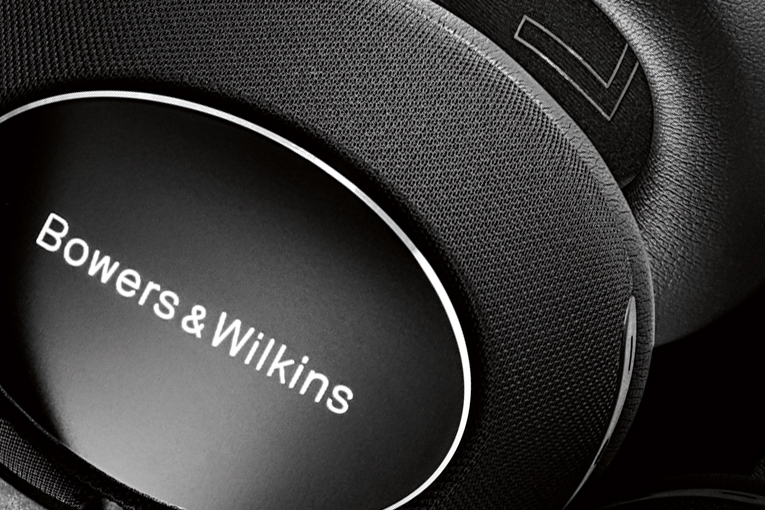
Given what I’d been hearing, I thought the PX7s might be well suited to modern R&B and hip-hop, where mo bass is generally regarded as mo betta. First I cued up the title track of Ariana Grande’s Positions (24/44.1 FLAC, Republic/Qobuz), and was rewarded with bass that was deeply (pun intended) satisfying. This track’s Wikipedia page credits no one for bass or drums, but there was certainly no sonic harm in their having been sourced from samples. Each kick-drum stroke landed with a solid thud, and when the electric bass entered, it seemed to permeate the entire soundfield. Yet all that bass didn’t intrude on other elements in the mix—I could still clearly make out plucked and bowed violin, fingers sliding on guitar strings, various percussion instruments, handclaps, etc. Grande’s voice was, again, a touch distant in places, but blossomed on her higher notes. Seeking to pump up the bass a bit more, I turned to “Drip Too Hard,” from Lil Baby and Gunna’s Drip Harder (24/44.1 FLAC, Quality Control Music/Young Stoner Life/Qobuz). Turning it up to levels at which sustained bass notes vibrated my skull and I felt as much as heard the kick drum, the PX7s exhibited no distracting distortion.
Comparison
I compared the Bowers & Wilkins PX7 Carbon Editions with NAD’s Viso HP70 Bluetooth noise-canceling headphones ($449), which have earned positive reviews from professional reviewers and consumers alike. Beauty is, of course, in the eye of the beholder, but I and the handful of other people I asked all preferred the look of the PX7s, and their fit and finish were a step up from the HP70s’. I also found the B&Ws more comfortable to wear. The HP70s’ oblong earcups provide about the same amount of usable height but a little less width, and considerably less depth. This meant my pinnae often rubbed against the HP70s’ driver grilles—they never did with the PX7s. The NADs also weigh 1.1 ounces (10%) more than the B&Ws. The HP70s’ noise canceling doesn’t isolate as well as the PX7s’, and the active circuitry of my early-production sample emits audible hiss. On the other hand, the HP70s can operate in passive mode when plugged into a headphone jack; the PX7s are always in active mode.
The HP70s’ midrange is much more forward than the PX7s’, and perhaps a shade more prominent than absolute neutrality. With Neeme Järvi’s recording of Tchaikovsky’s Symphony No.4, the timbre of each instrument sounded more natural through the NADs, as did the balance of high and middle orchestral voices—though I’d have preferred to hear more from the cellos and basses. In Trilogy, Chick Corea’s piano had less sparkle at the top end of the keyboard, and a more even sound overall. Likewise, there was a bit less sizzle on Brian Blade’s cymbals, and a little more brassy tone. Voices, too, were more neutrally rendered by the HP70s. While that was true for Ariana Grande, it was more noticeable with Leonard Cohen’s close-miked baritone in “Bird on the Wire,” from his live album Songs from the Road (16/44.1 FLAC, Columbia/Qobuz): the HP70s more accurately weighted the bassy proximity effect, the pitches he sang, and the gravelly texture on top, while the PX7s put more emphasis on the bass and the gravel.
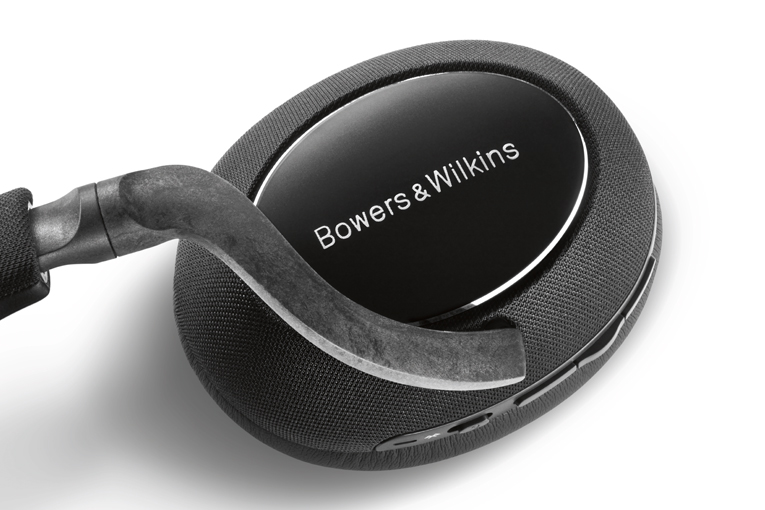
The NADs’ more forward midrange brought individual instruments and voices into sharper focus. For example, while Grande’s lead vocal in “Positions” was centered through both pairs of headphones, her voice was brought closer and appeared to occupy a narrower space through the HP70s. The corollary was that the NADs’ soundstage was markedly smaller than the B&Ws’.
The HP70s have a mildly accentuated midbass but produce less bass overall, and particularly less low bass, than the PX7s. As a result, both the pitch and the rhythm of Christian McBride’s double bass in Trilogy were a little easier to hear through the NADs. Blade’s kick-drum sounded more realistically sized through the HP70s, if a little overdamped. But in terms of bass in the mainstream mixes, the PX7s were the clear winners. With “Positions” and “Drip Too Hard,” the HP70s’ bass was fine, enjoyable; it just wasn’t the visceral experience the PX7s could provide.
Conclusion
While I missed Bowers & Wilkins’s first foray into headphones a decade ago, since then I’ve reviewed a number of their other models. In-ear or full-size, passive or active, B&W has been remarkably consistent—they’ve proven that they can be relied on for sophisticated styling, solid engineering, and great build quality. Then there’s the B&W sound: not neutral, and not intended to be. The sound of their PX7 Carbon Edition Bluetooth headphones is big, bold, and loads of fun.
. . . S. Andrea Sundaram
Associated Equipment
- Source: Motorola Moto X4 smartphone
- Headphones: NAD Viso HP70
Bowers & Wilkins PX7 Carbon Edition Bluetooth Headphones
Price: $399.99 USD.
Warranty: Two years parts and labor.
Bowers & Wilkins
B&W Group, Ltd.
Dale Road, Worthing
West Sussex BN11 2BH
England, UK
Phone: +44 (0)1903-221-800
E-mail:
Website: www.bowers-wilkins.com
B&W Group North America
54 Concord Street
North Reading, MA 01864
Phone: (978) 664-2870
Fax: (978) 664-4109
E-mail:




